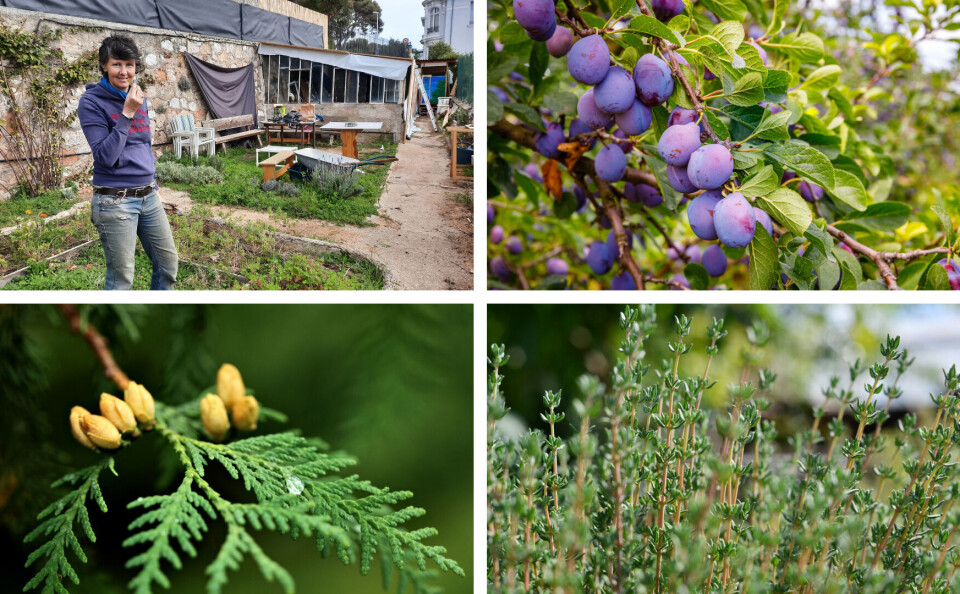-
France’s wild garlic season is here – but foragers should beware toxic lookalikes
Spring brings the fragrant plant to woodlands nationwide. We explain what to look out for
-
Let your lawn grow, water for birds: how to help wildlife in your French garden
‘It is acceptable to have untidy hedgerows,’ says biodiversity spokesperson.
-
How to help hedgehogs in your garden in France
Follow these tips to create a healthy ecosystem for this protected species
Five drought management tips for gardens from a French plant expert
This May was the hottest on record in France and almost all departments are soon expected to face local drought orders

The French government is predicting that almost all areas of the country will be affected by droughts and dry periods this summer, with the southeast and western areas especially impacted.
It means that water restrictions are likely to be in place across parts of the country, which you can track on the government website Propluvia.
Read more: Drought alerts now expected for almost all departments in France
With this in mind, we spoke to plant expert Murielle Iris for tips on how you can manage your garden to prepare for periods of drought.
Ms Iris, who is based just outside Nice on the French Riviera, sells products made from locally grown plants, flowers and herbs for use in cooking, cosmetics or for health through her company Les Sauvages.
She also runs masterclasses in which she invites small groups of people to her plot to learn about the plants she grows.
Below are her five tips for having a more drought-resistant garden.
Hedges and trees
It is good to have hedges. These create shade in the garden and they are also not greedy in terms of water consumption.
Alongside this you can try to plant different trees, such as mulberry trees, cypress trees, pine trees, oak trees…
These all cater for birds and insects which help to create a life cycle in your garden. They also create shade, stop the wind blowing up the topsoil and help the flow of water in the soil.
For people with smaller gardens who cannot plant larger trees, you can try little fruit trees. You do not need to water them much and as an advantage they have beautiful flowers in spring and also provide fruits.
Think of trees such as the European plum, apricot trees, fig trees, etc.
For even smaller gardens, dog roses are very resistant to droughts and can create little bushes.
Stay local
It is better to grow plants or trees that grow locally. Try to check what grows naturally in your area. As a tip, pine trees grow almost everywhere.
Diversity
It is vital to have a garden with a diversity of plants and trees. It helps the soil to absorb and retain water, it creates a sort of natural habitat for plants and animals. All of this works in unison to bring birds, insects, etc.
Herbs, aromatic plants
In my garden, which faces south over the Mediterranean Sea and so gets a lot of sun, I planted a lot of herbs and aromatic plants.
They are a lot more resistant to drought and dry spells than other plants. For example, lavender, thyme, oregon, wild fennel.
Let invasive plants or weeds grow (within reason)
People want their garden to be tidy, but the tidier they are the more work you have to do and the more water you use. You can let invasive plants grow in the garden and just cut them back a bit when it becomes too much.
Read more: How can we stop the spread of Japanese knotweed to our French garden?
Common mallow often just sprouts up by itself, and is sometimes considered invasive, but you should let it grow as it covers the soil and that helps to retain the water.
You have to leave gardens to be a little bit wild. Don’t leave soil exposed.
Related articles
Do May’s high temperatures indicate a hot summer ahead?
France must act or drought will hurt power stations, crops and tourism
























